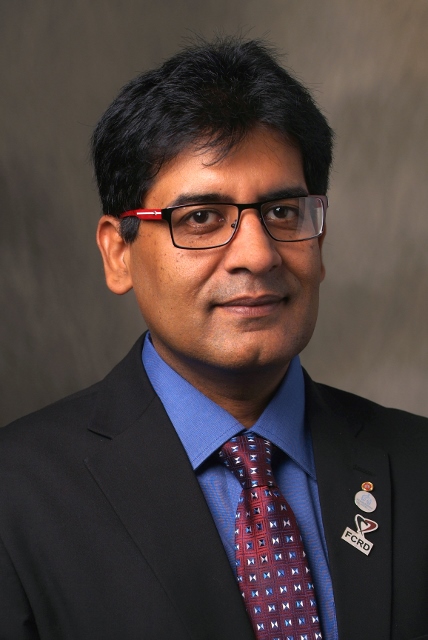This article is a part of a series by The Better India to share verified information about COVID-19 care. While several posts on various aspects of fighting COVID-19 are being circulated on social media and messaging services like WhatsApp, we urge you not to trust unverified content. To separate fact from fiction, we will be sharing the videos and content with doctors and experts and bring you their responses with scientific research-backed information.
A viral video showing the technique of proning—in which the patient lies on their belly, face down to try and improve the oxygen levels in the body—is being circulated.
In the video, the oxygen level of the person demonstrating the proning technique starts off at 92 per cent, when he was sitting. Once he lay down on his belly, there was a steady increase in the oxygen level reading to 99 per cent. The person in the video used the help of two pillows, one for the chest to rest and another for the legs. This technique is also called ‘ventilator breathing’.
The Better India caught up with Dr Bharat Gopal, Senior Consultant Pulmonology Fortis Vasant Kunj, who explains what the process is, when it should be done and how.

The technique being demonstrated in the video is a modified ‘Awake Prone Positioning’. According to this report, prone position has been traditionally used in acute respiratory distress syndrome (ARDS) to improve oxygenation and prevent barotrauma in ventilated patients. Awake proning is being used as an investigational therapy in COVID-19 to defer invasive ventilation, improve oxygenation and outcomes.
“Prone positioning has been shown to improve oxygenation for decades. Proning, being an intervention with minimal risk and requiring minimal assistance, it is now a globally accepted therapy to improve oxygenation in these patients,” says Dr Gopal.
Asked if all COVID-19 patients can follow this technique, Dr Gopal says, “Yes, as a technique it is advisable that patients whose oxygen levels fall below 95 per cent should try this.” He adds, “Uncooperative patients, patients with an unstable spine, pelvic instability, chest trauma, recent abdominal surgery, pregnant women in their second and third trimesters should not be doing this.”
Speaking about when and for how long one should carry out this technique, Dr Gopal says, “If the oxygen levels are less than 95 per cent then each session can be carried out for 30 minutes to two hours. There is no upper limit on how many such sessions can be done in one day.”
Commenting specifically on the video doing the rounds, he says, “There are many videos one can refer to online and therefore it is imperative to pick one with the right technique.”
Dr Gopal suggests the following video for a better understanding of the technique.
“All patients with COVID-19, especially those with breathing difficulties, should be encouraged to lie in the prone position, as it is a low-cost, low-risk manoeuvre requiring minimal manpower,” adds Dr Gopal. It can be safely performed in the home environment in patients suffering from mild disease or with the early onset of hypoxia.
“This has been very useful as now we have a paucity of oxygen beds in the city and this helps tide the crisis at the onset of hypoxia symptoms,” concludes Dr Gopal.
(Edited by Yoshita Rao)
No comments:
Post a Comment